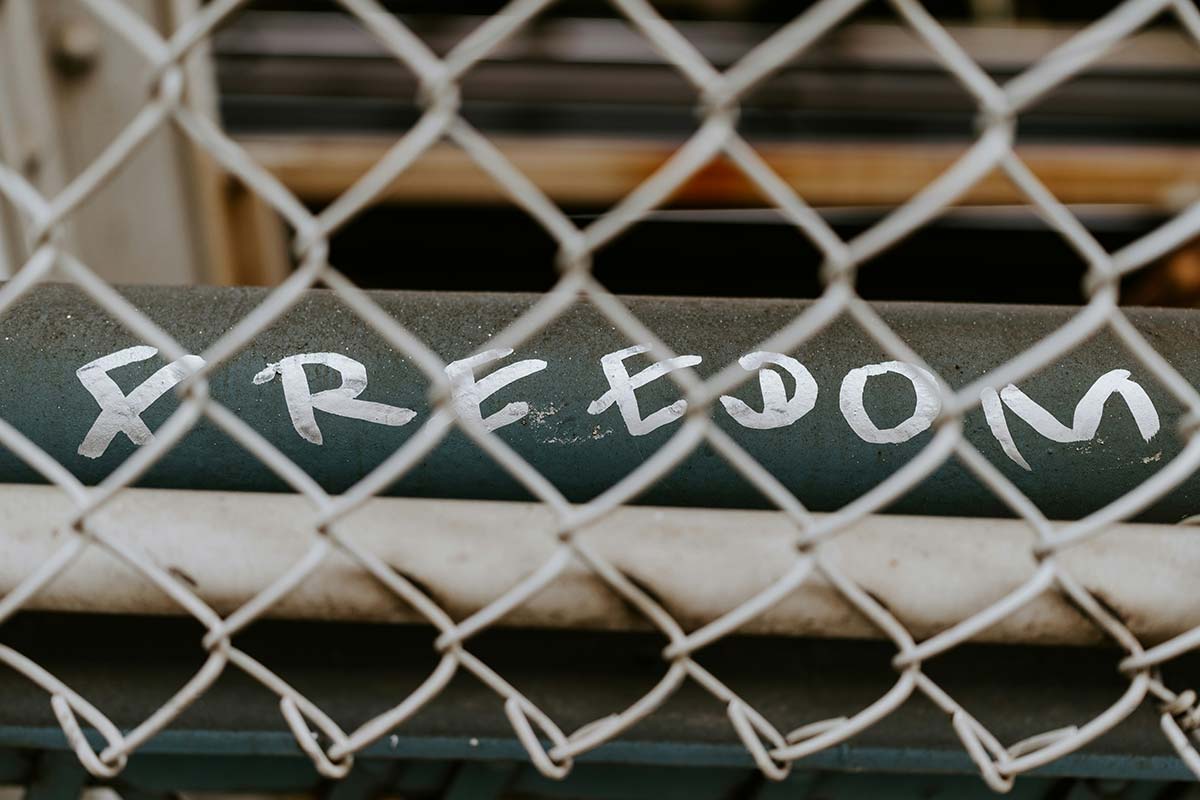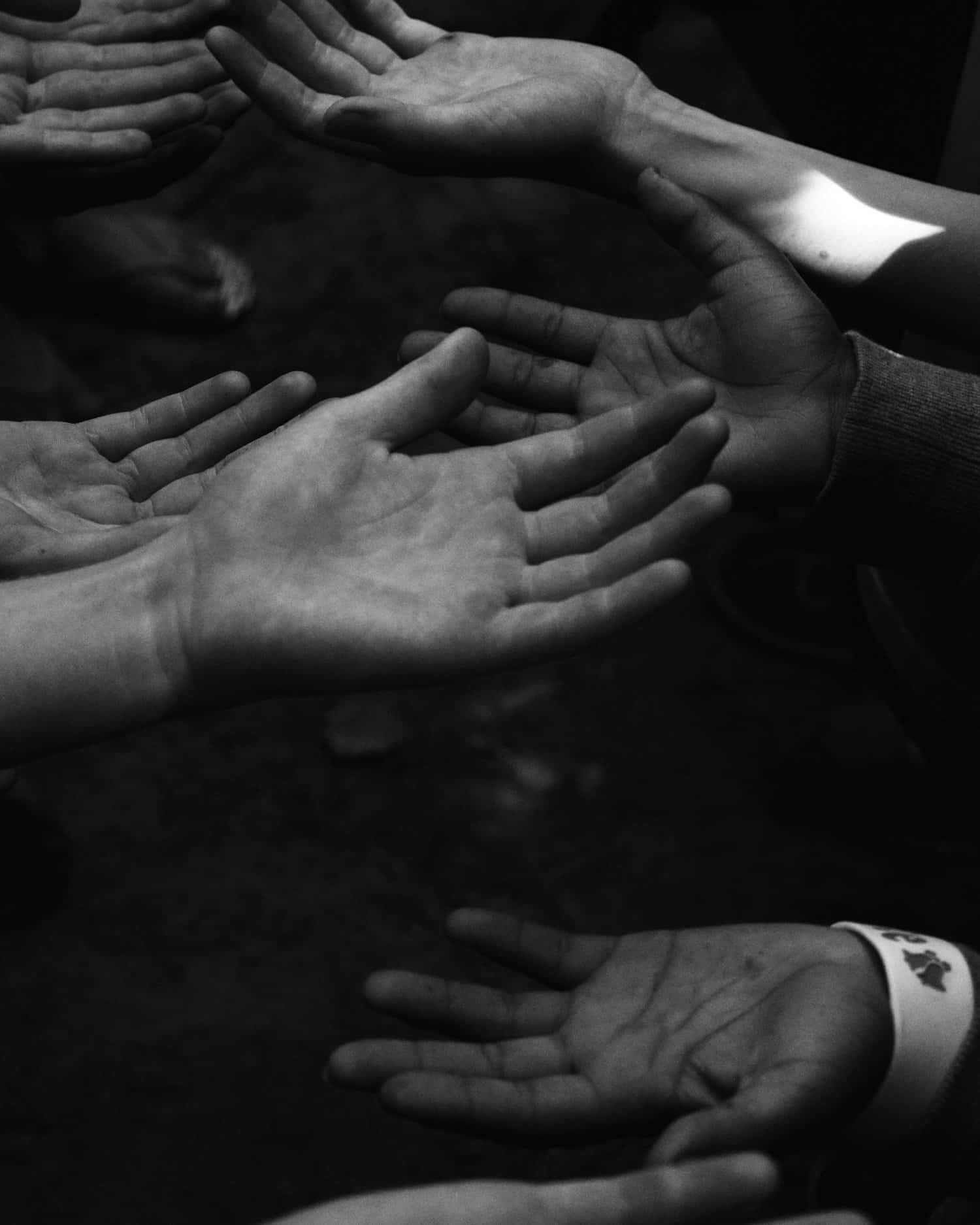October, with its pumpkin harvests, Halloween festivities, and the vibrant colors of autumn, also carries a critical yet often overshadowed significance: Domestic Violence Awareness Month. This month serves as a global call to action, highlighting the realities of intimate partner violence and sharing stories of survival and recovery. While many raise awareness through speaking engagements, media appearances, and rallies, substantial clinical research on domestic violence has been conducted by experts at the Recovery Village.
Their comprehensive article explores the nature of domestic violence, offers guidance on identifying unhealthy relationships, and provides strategies for healing from the aftermath, including issues like substance abuse and learned helplessness. This resource is invaluable for anyone caught in a toxic cycle, including friends, former partners, and colleagues. Their important work is detailed below, offering insight and support for those affected by domestic violence.
Recovery Village: How to Recognize Signs of Domestic Violence
Domestic violence encompasses various forms of abuse, including physical violence, rape, stalking, and emotional or psychological harm. In the United States, it is often linked to severe issues such as sexual assault, stalking, homicide, mental illness, and suicide. The widespread and multifaceted nature of domestic violence means it can affect anyone—regardless of age, gender, sexuality, ethnicity, religion, or social status—at any point in their life.
According to the National Coalition Against Domestic Violence (NCADV), approximately 20 people are physically abused by an intimate partner every minute in the U.S., totaling over 10 million individuals annually. Additionally, many cases go unreported or unacknowledged. If you suspect you are in an abusive relationship or know someone who might be, seeking information and support is crucial for connecting with the help needed.
How to Recognize Signs of Domestic Violence
Domestic abuse can manifest in both behavioral and physical forms. It’s crucial to be vigilant about these signs, whether you’re experiencing abuse yourself or are concerned for someone close to you. Victims may sometimes deny or fail to recognize their situation as abuse, while others might be aware but unsure how to escape. To effectively address domestic abuse, consider the following two key questions:
-
What are the signs of domestic abuse?
-
Physical Signs: Unexplained injuries, frequent bruises or black eyes, and broken bones. Victims may also have signs of being restrained or burned.
-
Behavioral Signs: Extreme changes in behavior or personality, such as becoming unusually withdrawn, anxious, or fearful. Victims may also show signs of depression or low self-esteem.
-
Emotional and Psychological Signs: Evidence of manipulation, constant belittling or humiliation, excessive jealousy or possessiveness, and controlling behaviors from a partner.
-
-
What signs should I look for if I suspect my loved one is being abused?
-
Physical Changes: Noticeable injuries that are inconsistent with explanations, frequent absences or changes in appearance, and signs of neglect or malnutrition.
-
Behavioral Changes: Increased isolation from friends and family, sudden changes in work or social activities, and signs of anxiety, depression, or fearfulness when discussing their relationship.
-
Emotional Indicators: Visible distress or fear when their partner is mentioned, reluctance to discuss their relationship, and signs of emotional manipulation or control by their partner.
-
Being aware of these signs can help in identifying domestic abuse and providing the necessary support to those in need. If you or someone you know shows these indicators, seeking help from professionals and support services is essential.
What Are the Signs of Domestic Abuse?
The National Domestic Violence Hotline defines domestic violence as a pattern of abusive behavior in a relationship that’s used by one person to gain or maintain power and control over another person. It can be:
-
Physical: Using physical force to harm someone
-
Sexual: Physically forcing someone to perform sexual acts
-
Verbal: Using words to manipulate someone’s thoughts and emotions
-
Financial: Controlling and monitoring someone’s spending (money, credit cards, etc.)
Domestic violence can also involve emotional abuse.
Signs of emotional abuse can include any of the following:
What Signs Should I Look For?
For someone who’s never been in an abusive relationship, the signs of domestic abuse may be obvious, especially the physical signs. However, some people may not realize that they are in an abusive relationship, even if they are being physically abused, unless they see the signs laid out for them.
While many of the signs of domestic violence might be limited primarily to the victim, some signs can easily be discerned by third parties, if they are aware of them.
Signs of Domestic Violence for the Victim
Some of the common “red flags” of domestic abuse include:
-
Having pain intentionally inflicted by hand or object (punching, slapping, pushing, squeezing, cutting, stabbing, bludgeoning, etc.)
-
Constantly fearing the person when they’re around, or feeling fearful while awaiting their arrival
-
Being repeatedly humiliated, intimidated, criticized, belittled or yelled at
-
Being controlled or dominated
Being objectified (physically, sexually, etc.) -
Blaming yourself for the person’s abusive behavior toward you
-
Being physically or verbally forced into doing things you don’t want to do
-
Being threatened
-
Being isolated and forbidden from seeing your friends and family
-
Having your personal belongings confiscated, destroyed or monitored
-
Having all of your physical movements monitored
Signs of Domestic Violence to Look For
If your friend, relative or other loved one is being abused, they might:
-
Make constant attempts to please their partner
-
Act nervous and uneasy around the topic of their partner
-
Receive frequent, harassing calls or texts from their partner while with you
-
Describe their partner as possessive or jealous
-
Tell you frequent stories of accidental injuries to explain cuts, bruises and scratches
-
Miss school, work or other social obligations, with frequent excuses or no explanation at all
-
Wear long sleeves in warm places or sunglasses indoors or when it’s not sunny out
-
Have low self-esteem
-
Show signs of depression or anxiety
-
Blame themselves for a physical altercation with their partner, if they admit that it happened at all
-
Make excuses for their partner and justify their abusive behavior
-
Become irritable or angry when you try to reason with them about their partner
Keep in mind that it’s not always easy for people experiencing domestic violence to admit that they’re being abused, and there are many reasons these individuals choose to stay in those relationships. They may be fearful for their safety or that of their children, or they may not want the abusers to go to jail. Some people may also be hopeful that the abuse will stop one day, so they choose to stay and wait for change, often in vain. In other cases, abuse may be all the victim know, so they may be afraid of experiencing the unknown by leaving. Regardless of the reason, it’s important for you to have patience and understanding to help your loved one effectively.
How to Get Help
If any of the signs of abuse apply to you or a loved one, now is the time to take action. It could save a life. If you’re involved in an abusive relationship, it’s important to know that it’s not your fault, and you can get out of it, even if you think you can’t. There are many resources available to help victims of domestic violence, including confidential helplines and information about shelters, that allow you to reach out with complete confidentiality.
How to Get Out of an Abusive Relationship
If you are involved in an abusive relationship, you may think there’s no way out. But the dangers of staying can be far worse than those of leaving. Remaining in the toxic environment of domestic violence can put your life at risk. According to the American Psychological Association (APA), more than three women are murdered by their partner every day, on average. Staying could put others in your life at risk as well. Oftentimes, abusers take their anger out on anyone in their path, even — or especially — children. Aside from the obvious physical dangers of abuse, there are a number of potential emotional consequences to keep in mind for everyone involved, including depression.
In the midst of these risks lies hope. On a typical day, there are more than 20,000 phone calls placed to domestic violence hotlinesnationwide. That means 20,000 people took the brave step to reach out for help and break free from abusive relationships. Taking this step can bring you closer to living free from fear and abuse. Steps you can take to get there include:
Did You Know?
Domestic abuse is covered under the federal Family and Medical Leave Act (FMLA) if you are experiencing a medical condition as a result of domestic violence. For example, if you must spend time in the hospital for an injury from a domestic violence incident, or you are in treatment for a mental health condition resulting from your experiences, you may be eligible for FMLA coverage. This means you may have the option to take paid time off from work as a result of a domestic violence situation. Ask your HR department to learn more about this policy and to determine if you’re eligible.
How to Help a Domestic Violence Victim
If you suspect someone you love is being abused, there are ways you can help from afar, or intervene if necessary. It’s important to remember that your friend or family member will likely be hesitant to admit that anything is going on behind closed doors out of fear of their abuser or denial of their abuse. But domestic violence is not something to ignore and can lead to other dangerous activities, like drug and alcohol use. Don’t wait until the situation worsens — here are some of the best ways you can help a victim of domestic violence:
Keep an eye out for warning signs:
Help your loved one craft a safety plan:
Connect them to other helpful resources:
Don’t turn a blind eye to domestic violence. If you suspect a friend, co-worker, family member or acquaintance is being abused, there’s always something you can do to help. If someone you love is abusing drugs or alcohol as a way of coping with domestic violence, The Recovery Village can offer them a safe space to seek treatment and healing. Call today to learn more about the comprehensive rehab care available.
Facing the Facts: Substance Abuse and Domestic Violence
Examining the research on when and how these issues occur can shed light on their correlation and further discourage the use of dangerous substances.
-
Young adults who experience past-year physical dating violence are more likely to have mental health and substance use disorders within six months of the abuse.
-
Teen victims of dating violence are more likely than their non-abused peers to smoke, use drugs, engage in unhealthy diet behaviors, engage in risky sexual behaviors, and attempt or consider suicide.
-
Domestic abuse victims are 70% more likely to drink excessive amounts of alcohol than those in healthy relationships.
-
More than 20% of male perpetrators report using alcohol or illicit drugs prior to the most recent and severe acts of violence.
-
On days of heavy drug and/or alcohol use, physical violence was 11 times more likely among IPV batterers and victims.
How Domestic Violence and Substance Abuse Are Connected
Domestic violence and substance abuse are intimately linked and often occur simultaneously. They are related much in the same way that co-occurring mental disorders like depression and anxiety are linked to increased drug use and vice versa. Often one is a symptom of the other, and in many cases, they go hand in hand. Yet while they’re intertwined, one doesn’t always precede the other. Abusing drugs doesn’t always spur aggressors to physical or emotional violence, and being a victim of abuse doesn’t necessarily lead to an overindulgence in dangerous substances. When domestic violence and drug use do happen together, they can wreak havoc on everyone involved.
According to the American Society of Addiction Medicine, multiple studies have shown that substance abuse occurs in 40 to 60% of domestic violence situations, with some research suggesting that substance abuse either comes before a violent act or makes violence worse. In addition, the research indicates that perpetrators may force their victims to abuse substances, and substance abuse is more common among victims of domestic violence compared to those who have not been victims.
Learn more about some of the
most commonly abused substances.
Alcohol | Benzos | Cocaine | Fentanyl | Heroin | Marijuana | Opioids | Xanax
The Nature of Domestic Violence
To understand the relationship between substance abuse and domestic violence, it’s important to study the root causes of this specific type of aggression. The National Coalition Against Domestic Violence (NCADV) defines domestic violence as a willful intimidation, assault, battery or other abusive behavior as part of a systematic pattern of power and control, perpetrated by one intimate partner (or family member) against another.
The key to understanding why domestic violence occurs and why it’s so closely followed or preceded by substance abuse is that domestic violence is part of a pattern of dominance or a need for control. A need to have control over another person’s behavior often stems from distorted thought processes and deep-seated psychological distress, whether the perpetrator realizes it or not. The use of alcohol or illicit or prescription drugs only makes neurotic thought patterns more intense and destructive.
There are several emotional dynamics that contribute to domestic violence. The most prevalent involves a destructive “critical inner voice” that perpetuates irrational thoughts such as “You’re not a man if you don’t hit her,” or “She is making fun of you. Who does she think she is?” Acting on the lies this voice tells can convince aggressors to attempt to control their partner (or loved one) by taking violent measures toward their seemingly “insubordinate” or “disrespectful” behavior. This unhealthy, and often delusional, inner monologue can be seen in both male and female perpetrators of this kind of aggression.
If you are being physically or emotionally abused by a loved one, lying to yourself or others about what’s happening only makes it worse. You’re not the first to live through this, and there are people who can help you.
Issues Intertwined: Drug Use and Domestic Violence
Substance abuse is a shared affliction between domestic violence perpetrators and victims. According to the American Psychological Association, excessive drug or alcohol use increases the risk of being a victim of domestic violence — and of becoming an abuser. Heavy use of drugs or alcohol increases a person’s chances of becoming abusive, and the mental anguish of domestic violence causes many victims to turn to dangerous substances. Numerous studies affirm that substance use often plays a facilitative role in violent behavior, and usually exacerbates pre-existing patterns of abuse.
For victims of domestic violence, this weight of repeated abuse is an extremely heavy burden. To ease the strain, many people turn to substances for relief. In some cases, women in abusive relationships are coerced into using drugs or alcohol by their partners. Victims can experience panic disorders, post-traumatic stress disorder (PTSD) and a host of other mental ailments as a result of domestic violence. The percentage of women who consider their mental health to be poor is almost three times higher among women with a history of domestic violence than those in healthy relationships. As a result, intimate partner victimization is often correlated with an alarmingly high rate of depression and suicidal behavior.
The Bottom Line: Substances Aren’t Shoulders to Lean On
Regardless of whether someone is a perpetrator or victim of domestic violence, one form of abuse should not lead to another. Heavy drug or alcohol use only enables aggression and silences guilt for those who believe they need to control others. For victims, substances only offer temporary relief from an unbearable situation.
Perpetrator or victim, drugs are not a suitable crutch, and with the right help, they don’t have to be. If you are a survivor of domestic violence, you’re never beyond help — learn how to get out of a dangerous situation or call any of the hotlines below.
For more info please visit Recovery Village!








